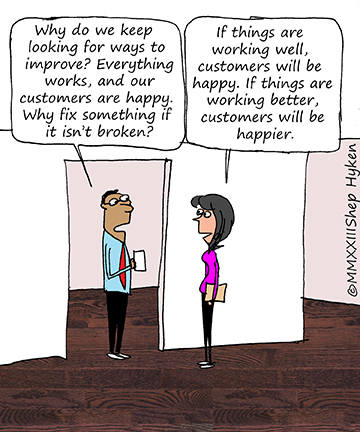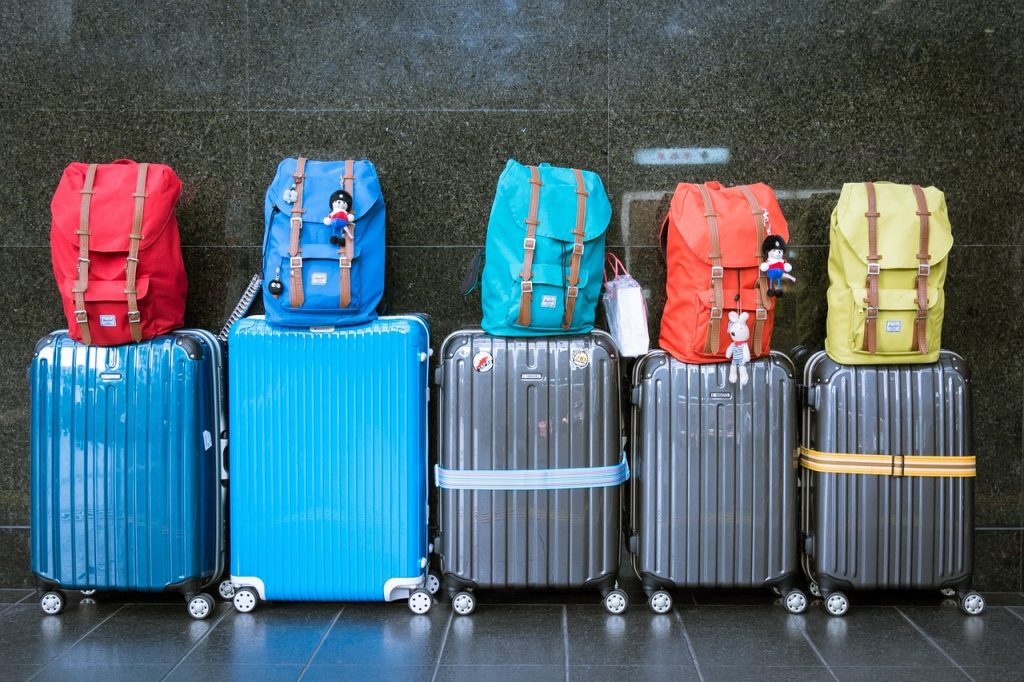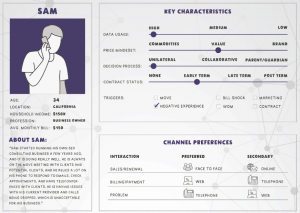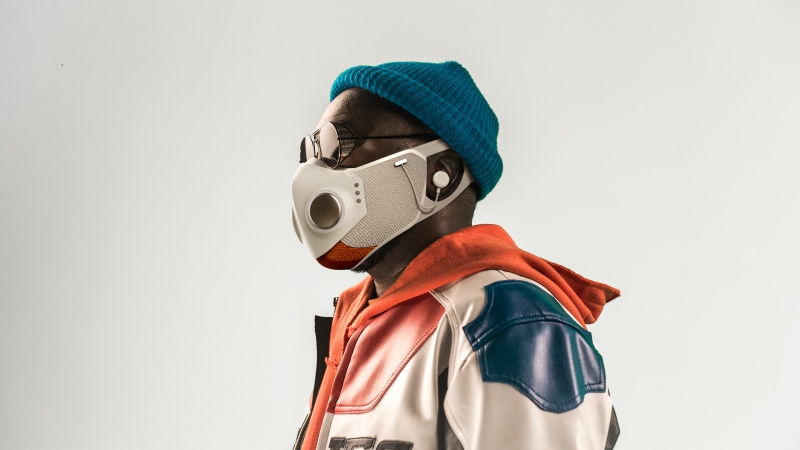
GUEST POST from Shep Hyken
If it’s working fine, why mess with it?
Well, whatever “it” is may work just fine, but that doesn’t mean it couldn’t be better.
This idea came to me as I read an article about United Airlines changing the way passengers board the plane. Most airlines put passengers in groups and call them in order. United will continue doing this but make changes to some of the groups. First-class passengers and higher-level frequent fliers won’t notice, but there will be a change once Group 4 is called. Passengers with window seats will board first, followed by passengers in middle seats, and eventually, passengers with aisle seats. This new process will save two minutes.
Now, you might be thinking, “Two minutes. Big deal!” But, in the airline business, two minutes is a big deal. A mismanaged boarding process could delay the departure and cause disruptions throughout the day. So, while two minutes may not seem like much, the goal is to always look for ways to streamline an often chaotic process.

This story has at least two lessons. First, every company should tinker with what’s working by experimenting and looking for better ways to do “what they’ve always done,” even if it’s working. And second, small changes can add up to make a bigger difference when combined.
So, you have two choices:
- Do it the way you’ve always done it. Don’t question it. If it works, don’t try to change it. Unfortunately, many companies operate this way and miss opportunities to improve.
- Always look to improve everything, even when it’s working well. It doesn’t matter how long you’ve been doing something that works, come back on a regular basis – maybe annually – and take a closer look. This is an excellent way to use a Journey Map. Look at every interaction point a customer has with your organization and ask, “Is there a way to make it better?” While there may not be a better way today, keep asking the question; you might find one over time.
Zig Ziglar, the famous motivational speaker, used to tell a story of a little girl who asked her mom, “Why do we cut the end off the roast before we put it in the oven?” Mom answered, “Because that’s how your grandmother taught me to cook it.” So, the little girl went to her grandmother and asked the same question. Grandma answered, “Because that’s how your great-grandmother taught me.” So, the little girl went to her great-grandmother and asked the same question. Great Grandma responded, “Because back then, the ovens were smaller than they are today, so we had to cut off the end to get it to fit.”
The moral of the story is if something worked yesterday, that doesn’t mean it’s the best thing to do today. Always look for improvement.
Image Credits: Shep Hyken, Pexels
![]() Sign up here to join 17,000+ leaders getting Human-Centered Change & Innovation Weekly delivered to their inbox every week.
Sign up here to join 17,000+ leaders getting Human-Centered Change & Innovation Weekly delivered to their inbox every week.





